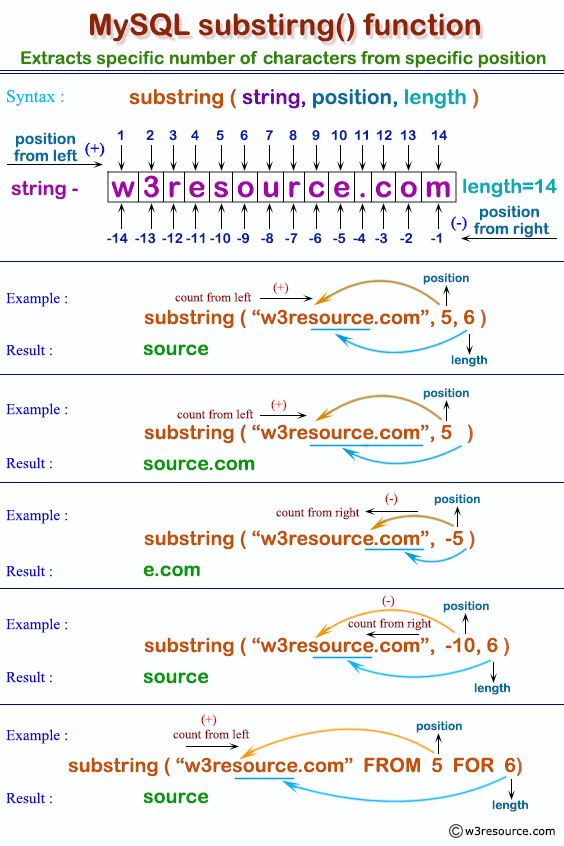
Parameter, Description. If the length of the original string is larger than the length parameter, this function removes the . Returns the string str , left-padded with the string padstr to a length of len characters. LPAD ( str , len , padstr ). If str is longer than len , the return value is . The way it works is, you specify the string . Other times you need to pad it on the right.

Or maybe you need to pad it on both sides. For ex, pad $ to left side of a Sales. Note: Also look at the RPAD() function. To this we have added or Pad at left ( at starting ) so the resultant string is of total chars length. We will use this function along with select query but it can be used along with any.
Mysql Lpad is used to add the padding to the left end of the string. The Mysql Padding function will be stooped if the combination of string and the added padding . In the the web based ERP system that I am working upon, there is an account_id attached to each party . Note that the string is truncated if it already exceeds the specified . If given number is 1then total number of digit is 6. So appending three given characters to the left. If 5tr is longer than len, the string. This is a bit complex, but it generally works. This function works on according to the passed argument.

This behavior is determined by the setting PIPES_AS_CONCAT. Learn how to add strings with Lpad and Rpad. Status: Assignee: Priority: Resolution: Resolved. Length of the string returned after padding. String which will be used for padding.
We learn here to use the Lpad function in Postgres SQL. How can I use the Lpad and Prad? Return the leftmost number of characters as specified. MySQL which able do that.
Devuelve la cadena str, rellenada a la izquierda con la cadena padstr hasta la longitud de len caracteres. Si str es más larga que len, . Good day to All, Please help me. How do I make the following query working with Eloquent or Query Builder? ERROR: function lpad (integer, integer, unknown) does not exist. Have you looked at the manual page for CONCAT()?
It returns a string formed by concatenating its arguments. So you could do (for example) SELECT .
Žádné komentáře:
Okomentovat
Poznámka: Komentáře mohou přidávat pouze členové tohoto blogu.